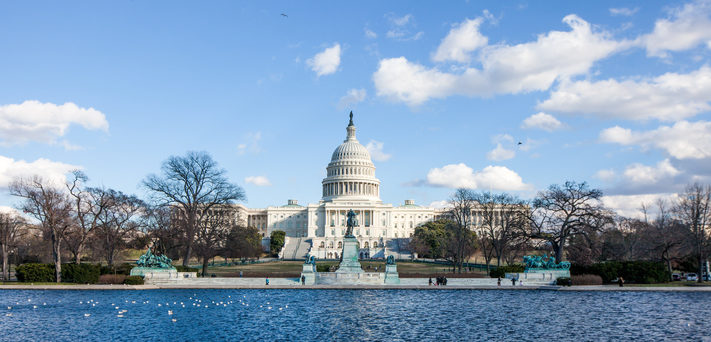The month of June was a consolidation month in the market. The Dow lost ground (1.16%) for the month, while the S&P 500 gained +1.84% and the NASDAQ finished + 4.9%. That brings the year-to-date returns to: Dow to (9.55%), S&P 500 (4.04%), and the NASDAQ + 12.11%.
The rally from late March into early June was driven by the Federal Reserve and the U.S. Government stimulus. We suspect the markets will now focus on the economic damage, earnings, and of course the election. All of which should make for a volatile summer.
Some interesting market facts – The term ‘crowded trade’ is very self-explanatory in that it is a trade in the area of the market that is popular and has strong participation from traders. One of the most crowded trades, and yes, most successful trades over the past 5 ½ years has been the FAAANM stocks. . Since 12/31/2014 Facebook, Apple, Alphabet (Google), Amazon, Netflix & Microsoft have been the driving force behind the performance of the S&P 500. Over that period of time, a one thousand dollar investment in these stocks, evenly distributed with the same amount of money in each, had an average annualized return of 32.10%. During the same period of time the S&P 500 had an average annualized return of 9.71% and if you drop those 6 stocks and kept the other 494 stocks the S&P would have an average annualized return of just 4.78%. Let me put that in dollars & cents: the FAAANM stocks would have turned that $1,000 into $4,521.00 while the S&P 500 would have turned that $1,000 into $1,652.19 and the S&P (without the FAAANM stocks) would have turned that $1,000 into $1,287.98.
A bit about the impact of COVID-19: I am not downplaying the health risk here. This is a market commentary so I will restrict my observations to market impact.
Supply chains will look to shift away from China but not entirely. Even with the U.S. – China trade war, it is still cheaper to get things made in China. Currently China manufactures about 40% of the world’s finished-goods. Most U.S. companies still have plans to keep production in China. However, it is reasonable to expect U.S. companies to shift some of that production to other parts of Asia such as India or “near-shore” in places such as Puerto Rico and Mexico. There will also be a shift toward methods of payment. Large retailers are pushing for contactless payment via Apple Wallet, Google Pay, and the like. Personally I recently paid to have my septic pumped and transferred payment to the provider via Google Pay, proving once again, you CAN teach an old dog a new trick.
Have a question? Let me know! Email me at kcompton@wsmtexas.com.

